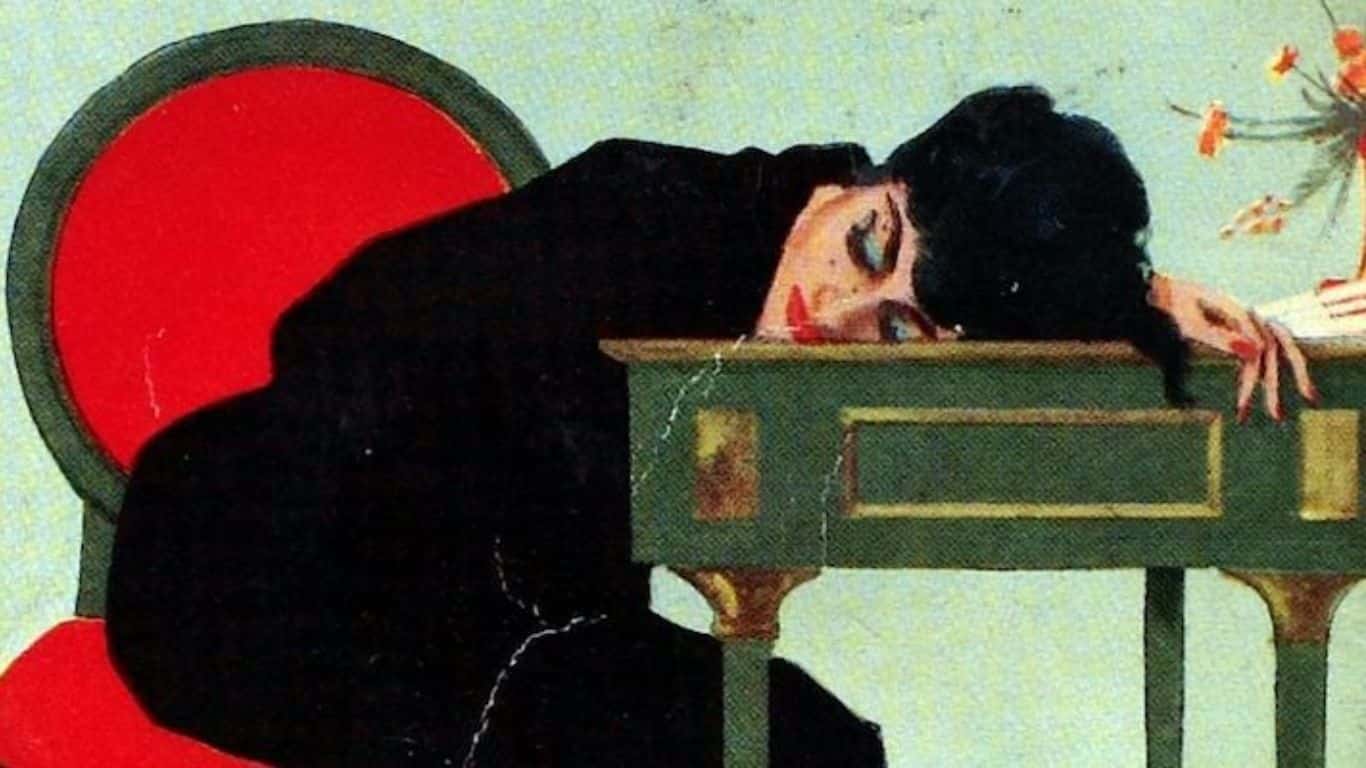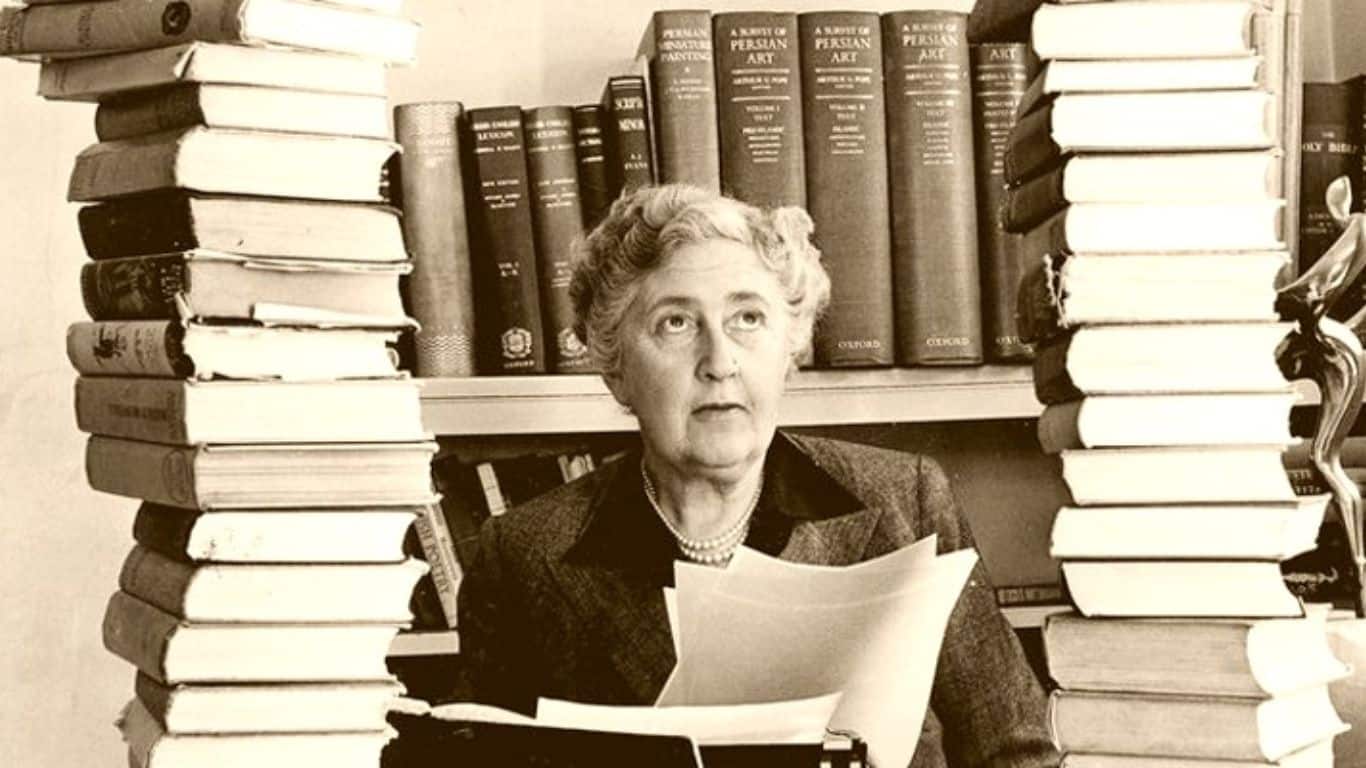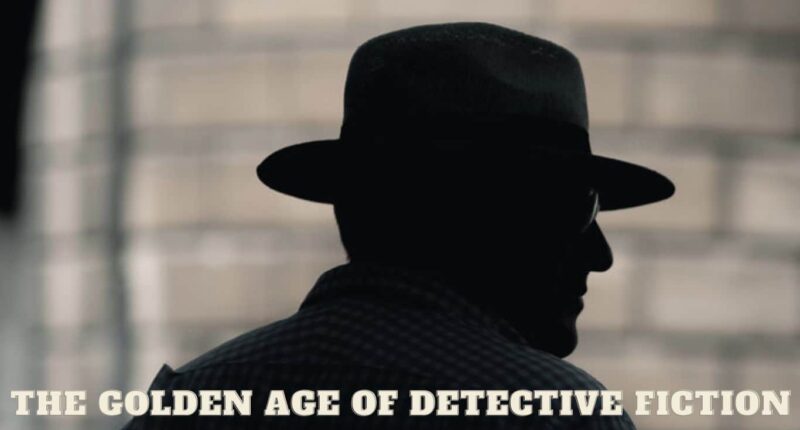The Golden Age of Detective Fiction is a term used to describe a period of exceptional growth and innovation in the crime and detective genre. From the 1920s to the 1940s, authors such as Agatha Christie, Dorothy L. Sayers, and Margery Allingham produced a wide range of novels that have come to be regarded as classics of the genre. This period saw the establishment of the “whodunit” formula, the use of red herrings, and the popularity of amateur sleuths and private investigators. In this article, we will provide an overview of the Golden Age of Detective Fiction, exploring its key characteristics, authors, and significant works, as well as its lasting legacy in the genre and popular culture.
The Golden Age of Detective Fiction: An Overview
Characteristics of Golden Age Detective Fiction
Golden Age Detective Fiction is a genre of crime fiction that flourished from the 1920s to the 1940s. This genre is characterized by several key features, including fair-play mystery, amateur detectives, logic and reasoning, closed settings, and the whodunit aspect of the story.

Fair-play mystery is one of the most notable features of Golden Age Detective Fiction. In this genre, authors often present readers with a seemingly unsolvable crime that they can solve alongside the detective. However, to ensure that readers have an equal chance of solving the crime, the writers of this genre are obliged to provide all the necessary information to the readers. This approach made the stories more intellectually stimulating, as readers could follow along with the detective’s thought process and try to solve the crime themselves.
Another significant feature of Golden Age Detective Fiction is the use of amateur detectives rather than professional ones. The detective is often an ordinary person who is caught up in a mystery and decides to solve it themselves, often to prove their own innocence. This feature provided the opportunity for the reader to relate to the detective as an ordinary person, making the story more engaging.
Logic and reasoning were central to Golden Age Detective Fiction. The detective in these stories often used logical deductions to solve the crime, rather than relying on physical strength or intuition. This approach made the stories more intellectually challenging and stimulating.
Many Golden Age Detective Fiction stories were set in closed settings, such as country estates, small villages, or on a train. This setting was used to create a sense of isolation and limit the number of suspects, making the mystery more complex and challenging to solve.
Finally, Golden Age Detective Fiction was known for its focus on the “whodunit” aspect of the story. The reader is often presented with a list of suspects, and the detective must use their logic and reasoning to eliminate suspects until the true culprit is revealed. This element of the story was essential to the genre, and readers often felt satisfied when they were able to correctly guess the identity of the killer.
Key Authors of the Golden Age
The Golden Age of Detective Fiction produced many well-known and respected authors, some of whom are still read and studied today. The following are some of the key authors of Golden Age detective fiction:

Agatha Christie: Agatha Christie is often considered the queen of Golden Age detective fiction. Her most famous works include the Hercule Poirot and Miss Marple series.
Dorothy L. Sayers: Dorothy L. Sayers is best known for her detective stories featuring the aristocratic detective Lord Peter Wimsey.
Ngaio Marsh: Ngaio Marsh was a New Zealand author known for her detective novels featuring Inspector Roderick Alleyn.
Margery Allingham: Margery Allingham was an English author known for her detective novels featuring the gentleman detective Albert Campion.
Arthur Conan Doyle: Although he is primarily known for creating the iconic detective Sherlock Holmes, Arthur Conan Doyle also wrote several other detective stories during the Golden Age.
G.K. Chesterton: G.K. Chesterton was an English author known for his Father Brown series featuring a Catholic priest as the detective.
John Dickson Carr: John Dickson Carr was an American author who wrote many Golden Age detective novels featuring the detective Dr. Gideon Fell and the sleuth Sir Henry Merrivale.
Freeman Wills Crofts: Freeman Wills Crofts was an Irish author known for his intricate and detailed plots in his detective novels.
These authors, along with others, helped shape the Golden Age of detective fiction and their works continue to be celebrated and read today.
Significant Works of the Period
The Golden Age of Detective Fiction produced many significant works that have become classics in the genre. One of the most famous novels of the period is Agatha Christie’s “Murder on the Orient Express,” which features Hercule Poirot solving a murder on a train. The novel is known for its intricate plot and surprising twist ending, and it has been adapted for film and television multiple times.

The Golden Age of Detective Fiction is typically considered to have taken place between the World Wars, from the 1920s to the 1940s. During this time, authors such as Agatha Christie, Dorothy L. Sayers, and Ngaio Marsh wrote classic works of detective fiction that have endured for decades Some of the significant works of the Golden Age of Detective Fiction include:
- “The Murder of Roger Ackroyd” by Agatha Christie
- “The Nine Tailors” by Dorothy L. Sayers
- “The Maltese Falcon” by Dashiell Hammett
- “The Big Sleep” by Raymond Chandler
- “Murder on the Orient Express” by Agatha Christie
- “The Mysterious Affair at Styles” by Agatha Christie
- “The Hound of the Baskervilles” by Arthur Conan Doyle
- “Strong Poison” by Dorothy L. Sayers
- “The ABC Murders” by Agatha Christie
- “Death in the Clouds” by Agatha Christie
These works are all considered classics of the detective fiction genre and have influenced countless authors in the decades since they were first published. They showcase the intricate puzzles, clever plotting, and memorable characters that are hallmarks of Golden Age detective fiction.
Legacy of Golden Age Detective Fiction
The Golden Age of Detective Fiction refers to a period of time, roughly between the two World Wars, when a new kind of detective story emerged. This genre was characterized by intricate plots, intellectual challenges, and a focus on logical deduction. Some of the most famous authors of this era include Agatha Christie, Dorothy L. Sayers, and Arthur Conan Doyle.

Legacy of Golden Age Detective Fiction can be seen in many aspects of contemporary culture, including literature, film, television, and video games. Here are some of the ways in which the Golden Age of Detective Fiction has influenced modern entertainment:
Popularity of the mystery genre: The Golden Age of Detective Fiction is often credited with popularizing the mystery genre. The success of authors such as Agatha Christie and Dorothy L. Sayers inspired countless imitators and helped establish the mystery novel as a staple of popular literature.
Development of the detective as a heroic figure: In the Golden Age of Detective Fiction, the detective became a heroic figure, admired for their intelligence, their powers of observation, and their ability to solve even the most complex mysteries. This archetype continues to be a popular one in contemporary media, with characters such as Sherlock Holmes, Hercule Poirot, and Miss Marple still being celebrated today.
The use of the “whodunit” plot structure: The Golden Age of Detective Fiction is also known for popularizing the “whodunit” plot structure, which involves a mystery that is gradually solved through the careful gathering and interpretation of clues. This plot structure remains a popular one in modern media, particularly in mystery novels, television shows, and films.
The influence on modern detective fiction: Many contemporary authors of detective fiction, such as Tana French and Donna Leon, cite the Golden Age of Detective Fiction as a major influence on their work. These authors often incorporate elements of the Golden Age style into their writing, such as intricate plots, multiple suspects, and a focus on intellectual challenges.
Conclusion
The Golden Age of Detective Fiction was a period of significant growth and development for the crime and detective genre. The period was characterized by a formulaic structure, the use of clues and red herrings, and the popularity of amateur sleuths and private investigators. Key authors of the period include Agatha Christie, Dorothy L. Sayers, and Margery Allingham, and significant works include “Murder on the Orient Express,” “The Nine Tailors,” and “The Tiger in the Smoke.” The legacy of the Golden Age of Detective Fiction continues to be felt today, both in the genre and in popular culture, and it remains an important period in literary history.
Also Read: History of English Literature (Literary Periods and Movements)



